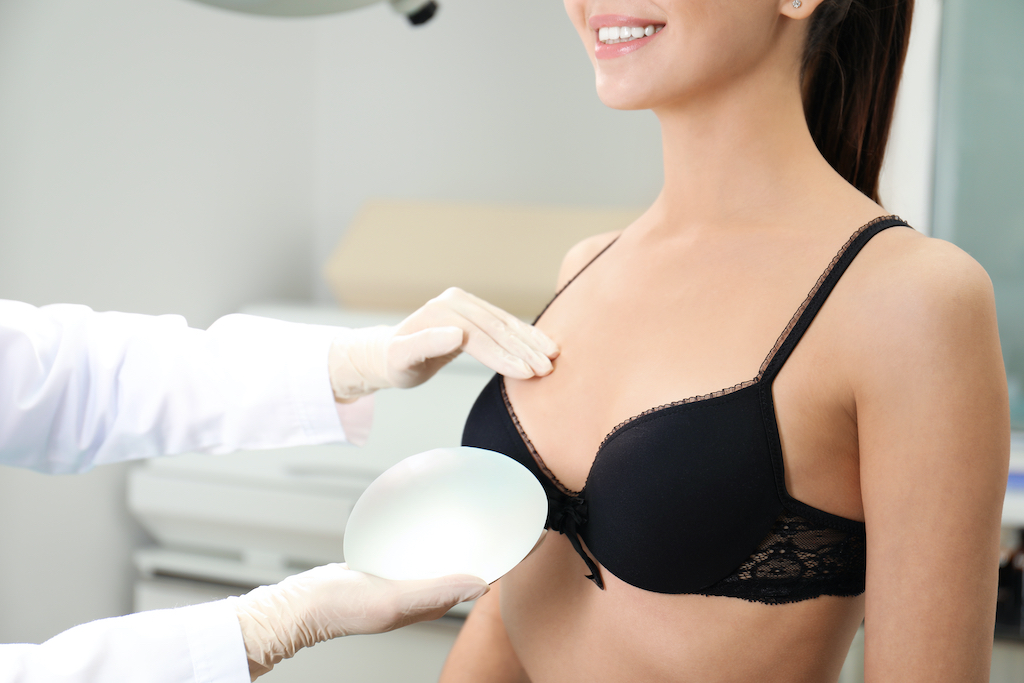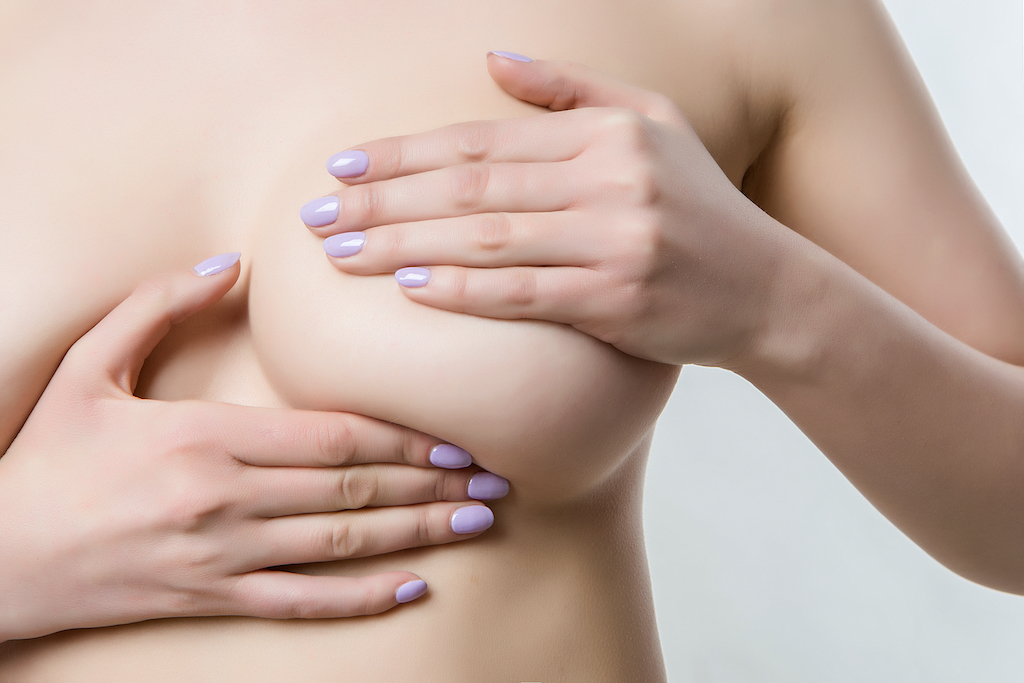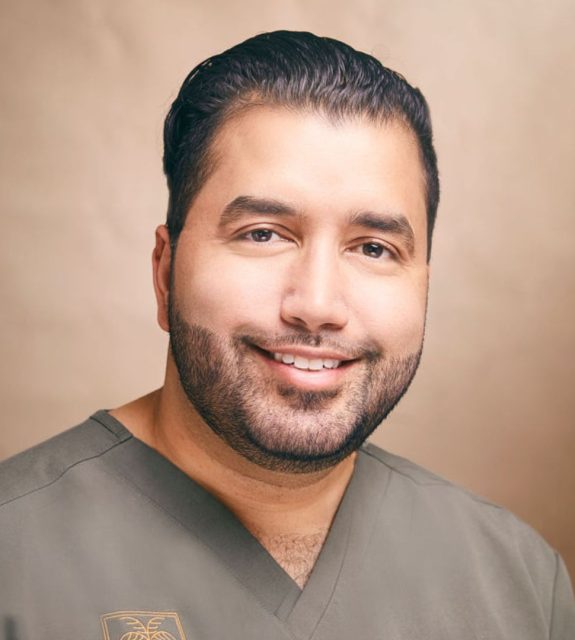Gabrielle B. Davis, MD is a practicing Plastic Surgeon in Beverly Hills. Dr. Davis redefines aesthetic medicine by implementing her unique research background in tissue regeneration into her medical practice to reduce the effects of aging on the body. Dr. Davis’s mission is to create natural-appearing results implementing scientific principles of aging with the sound surgical technique. Her philosophy is that while aging is a normal process of life and scientifically we can not stop the process, we can definitely redefine the concept of “aging gracefully."
 Photo Credit: ShutterstockThere has been a lot of press recently on breast implants which have left women with many questions, particularly on the safety of implants. Dr. Gabrielle B. Davis, the Director of Plastic & Reconstructive Surgery at the Roxbury Institute in Beverly Hills answers the 10 most common questions about breast implants.
Photo Credit: ShutterstockThere has been a lot of press recently on breast implants which have left women with many questions, particularly on the safety of implants. Dr. Gabrielle B. Davis, the Director of Plastic & Reconstructive Surgery at the Roxbury Institute in Beverly Hills answers the 10 most common questions about breast implants.
1) Are saline implants safer than silicone?
In the United States, there are 2 main options for breast implants, silicone, and saline. Both types of implants contain a silicone shell, however, the difference is in the fill contents of the implant. Studies have demonstrated similar safety profiles between silicone and saline implants. However, most plastic surgeons tend to favor silicone implants as they have a more natural feel and appearance. In addition, the cohesiveness of the silicone can be modified allowing for implants to have a softer or harder feel as one desires.
2) Do breast implants need to be changed every 7-10 years?
It was previously suggested that the lifespan of breast implants was 7-10 years. The most recent position by the US FDA is that breast implants are not lifetime devices and the longer they are in place, the greater the risk of developing complications that may require additional surgery. Most plastic surgeons however do not recommend exchanging breast implants unless a complication develops such as a rupture, deflation, or capsular contracture. The majority of women have their initial implants in place for long periods of time without having any problems.
3) Do breast implants lead to loss of nipple sensation?
There can be sensory changes in the nipple-areolar complex after breast augmentation. Some studies have indicated an increased risk of sensory changes with the placement of the implants with a peri-areolar approach or incisions around the nipple. Nonetheless, most sensory changes will resolve with time, and it is uncommon to have a permanent sensory loss of the nipple.
4) What is Breast Implant Illness?
Breast Implant Illness (BII) is a term used to describe systemic symptoms such as fatigue, chronic pain, hair loss, rashes, anxiety, depression as well as neurological issues that women have reported to occur after the placement of breast implants. It is not a medical diagnosis and there are no tests that can identify BII. BII has been reported in the setting of both saline and silicone breast implants. Thus far there have not been any studies that demonstrate a clear link between breast implants and BII. However, the major plastic surgical societies in coordination with the US FDA are conducting research to better understand this illness.
5) Is pain common after breast augmentation?
Chronic pain is not common after breast augmentation. If persistent pain develops one must consider if they are experiencing a complication such as capsular contracture. Capsular contracture is when a capsule forms around the breast implant and it contracts and compresses the implant. Capsular contracture can form at any time after the initial surgery and can lead to chronic pain and distortion of the breasts. The exact mechanism is not completely known, however, there are modifiable risk factors that can decrease the incidence rates.
 Photo Credit: Shutterstock6) How do breast implants affect breast cancer screening?
Photo Credit: Shutterstock6) How do breast implants affect breast cancer screening?
Both saline and silicone implants can affect the transmission of radiographic energy used to visualize the breast. However, the placement of the breast implant above the muscle can lead to more distortion of the breast tissue than placement below the muscle. Mammographers by the standard will obtain additional views of the breast to better visualize the breast tissue around the implant.
7) Will my breast contour change with time with breast implants?
With any aesthetic procedure, your body continues to age and change with time. As you lose collagen with age, your skin can become lax in all areas including your breasts. Therefore, even with breast implants, your breasts can become more ptotic or drop with time. This can be particularly prominent after major fluctuations in weight, pregnancy, and breastfeeding.
8) Can I breastfeed with breast implants?
The majority of women that have breast implants and desire to breastfeed are able to breastfeed. Factors such as submuscular placement of the breast implant will lead to less distortion of the breast glandular tissue and ducts. This can minimize the risk of later having difficulties.
9) What is the best implant size safe for me?
There are many factors that plastic surgeons consider when recommending an appropriately sized breast implant. These factors include breast width as well as the amount of elasticity and laxity of the breast tissue. If one has more lax tissue, they can typically accommodate a larger implant. While your plastic surgeon can give you their recommendations, the ultimate decision is based on one’s individual desires and goals.
10) What is Breast Implant-Associated Anaplastic Large Cell Lymphoma (BIA-ALCL)?
BIA- ALCL is a rare form of lymphoma that can develop around breast implants. While the exact causative factors are unknown, it is most commonly associated with implants with a textured shell. The typical presenting symptom is the late onset of a seroma or a fluid collection around the breast implant. This can occur years after breast implant placement. The majority of cases can be treated by removal of the breast implant with the surrounding capsule. The incidence of BIA-ALCL is extremely rare with the estimated rate to be 1:2,207-1:86,029 as reported by the American Society of Plastic Surgeons.
Breast augmentation is the most common aesthetic plastic surgery procedure performed in the United States. While it is relatively safe and most women will not have any difficulties after placement, one must be knowledgeable of all factors prior to deciding if it is the best option for them. In addition, it is always important to select a Plastic Surgeon with ample experience and that stays up to date with the most recent research and stance by the American Society of Plastic Surgeons (ASPS), the American Society for Aesthetic Plastic Surgery (ASAPS), and the U.S. Food and Drug Administration. More information can be found on the ASPS, ASAPS as well as the US FDA websites.
For more information, visit Dr. Gabrielle Davis's social media:





















